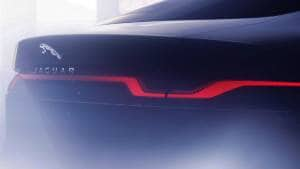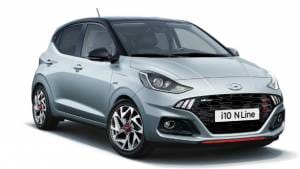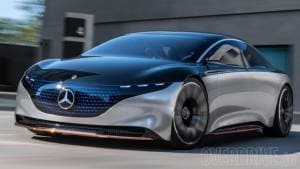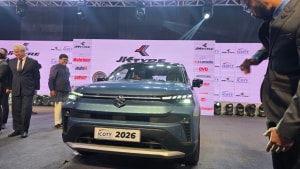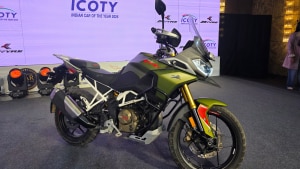IAA 2019: Volkswagen ID 3 EV hatchback unveiled
At the ongoing 2019 Frankfurt Motor Show, Volkswagen has unveiled what the company claims to be one of its most important cars ever. The Volkswagen ID 3 is the first car from its all-electric ID sub-brand and is expected to be the next great mass-market car for the brand after the Beetle and Golf. The 3 in its name signifies just this.

The ID 3 is based on the VW Group's new MEB platform, and after it goes on sale in Europe in summer 2020, this platform will underpin an entire line-up of EVs including production versions of the retro-styled ID Buzz MPV and ID Crozz SUV. A larger SUV modelled after the ID Roomzz and a production version of the ID Vizzion concept will follow. In the larger scheme of things, the Volkswagen group plans on having 70 electrified vehicles in its line-up by 2028.

The ID 3 EV architecture has yielding benefits in its packaging. The ID 3 is only 3mm longer, 10mm wider and 60mm taller than the current seventh-gen Golf but the wheelbase has increased drastically by 145mm. Boot space is 380 litres.
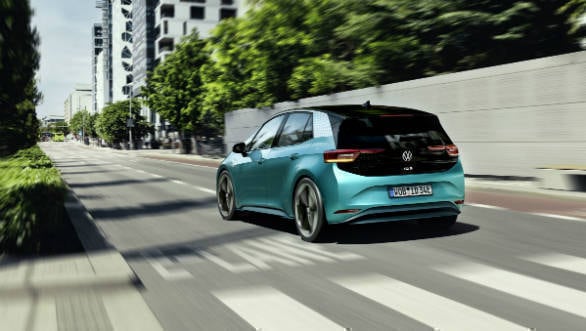
The ID 3 will be available in three battery sizes, which will power an electric motor fitted on the rear axle. The base version will come with a 45kWh battery pack good for 330km range (WLTP). The mid-spec car will get a 58kWh battery and 420km range. The topmost spec will give the ID 3 a range of 550km from a 77kWh unit. The new EV will also be able to add 290km of range within 30 minutes through its 100kW DC fast-charging capability. The 58KWh battery version makes 205PS and 310Nm and is good for a 160kmph top speed. Prices for the base version will start at under EUR 30,000, similar to a Golf, or Rs 23.84 lakh before taxes and duties.
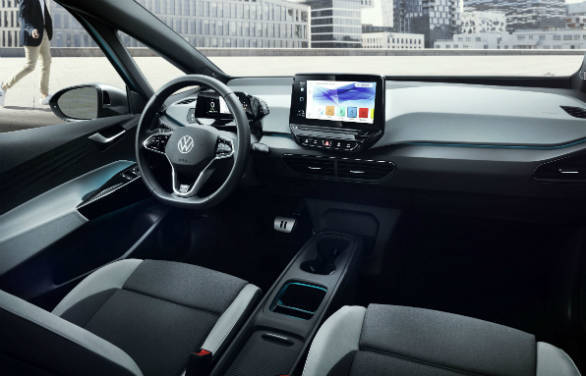
The styling of the ID 3 also seems to signify its new-age ambitions. While there are hints of the Golf, the ID 3's more flexible underpinnings have allowed it to look cleaner. The nose is much stubbier and flatter than other VWs and also features a single part swept-back headlamps. The presence of only a narrow air dam at the bottom of the face cleans up the look further. There's also a more raked windscreen. In profile, the crisp, uncluttered look of other Volkswagens remains while the rear is again sharper thanks to a more sloping roofline, and a smaller, more intricate tail lamp cluster. The chunky rear bumpers and stubby bootlid are also unique.

The interiors are more of a departure. The basic layout is still recognisable to other VWs but a lot of minimalism has been added in its execution. There are no physical buttons other than those for the hazard lights and window switches. All functions are controlled through a 10-inch touchscreen and a floating all-digital instrument cluster. The overall design has a sharper edge to it as seen by the patterns on the doors and on the layered dash.
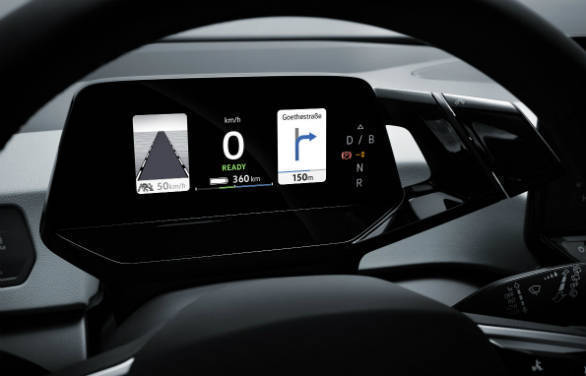
The ID 3 is being made available in a special launch edition called the ID 3 1st. This will be available in Europe in three trim levels based on the mid 58kWh battery pack and come with personalisation options for the exterior and interiors. Notable features here, which should also carry over to the standard cars, are all-round Matrix LED lighting, wireless fast-charging, an augmented reality head-up display, Beats sound system, a large panoramic sliding/tilting glass roof as well as 20-inch light alloy wheels. Active safety tech includes a lane-keeping system and a lane change system.
